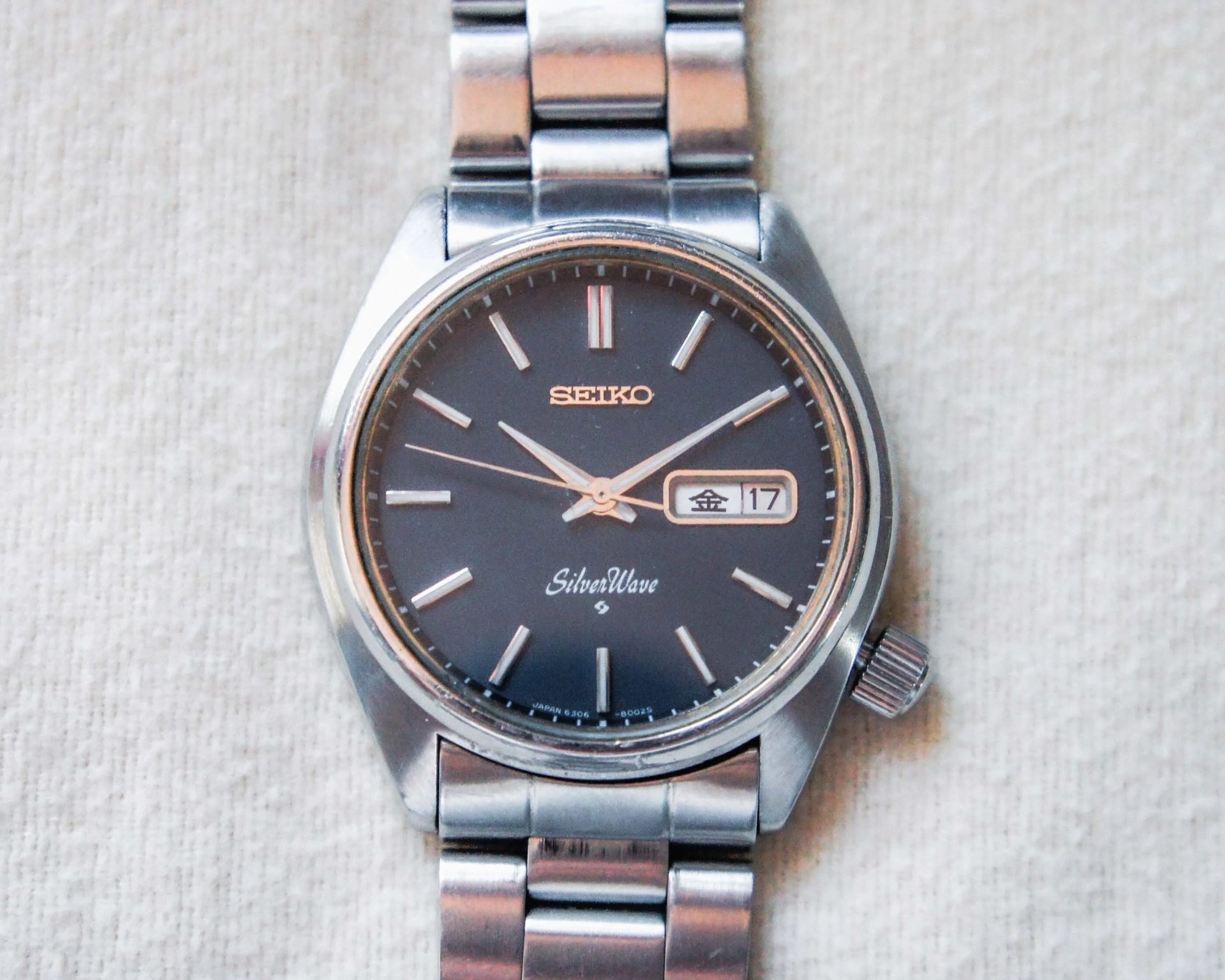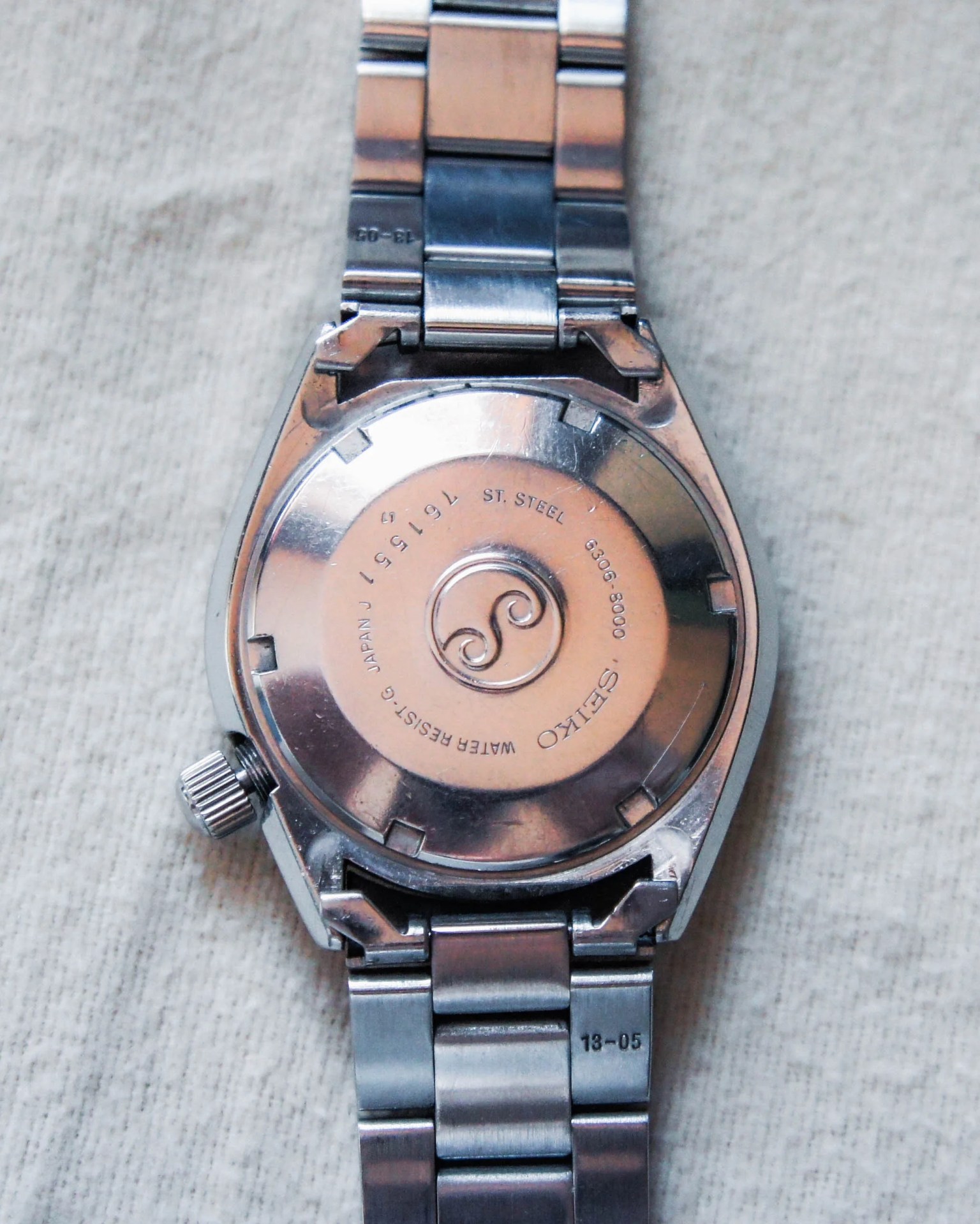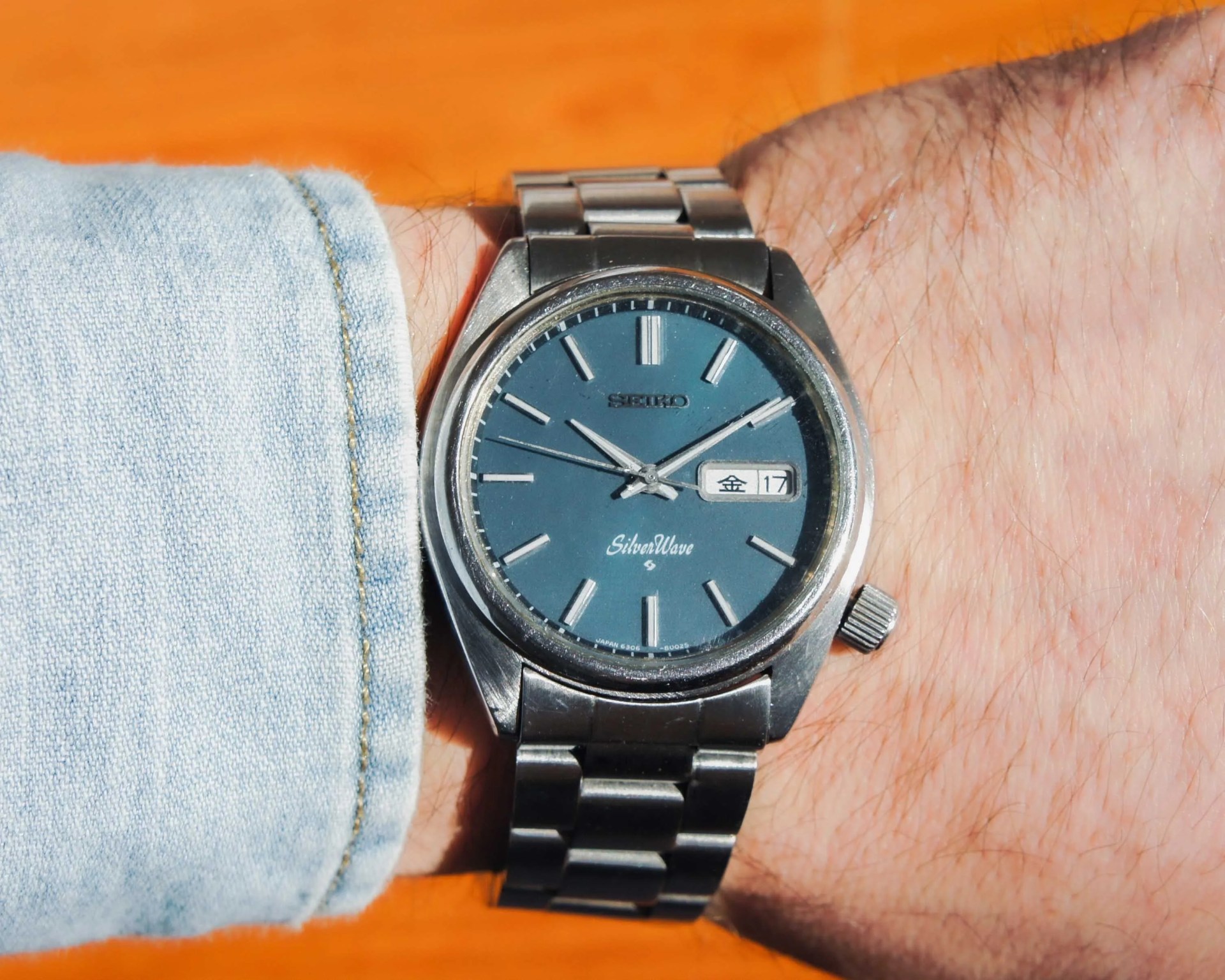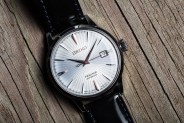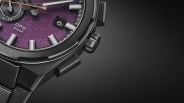For my money, Seiko’s best everyday watch isn’t the infamous “Turtle” or one of the myriad 5 Sports. Nope, it’s an obscure 1970s timepiece tied up in dive-watch lore.
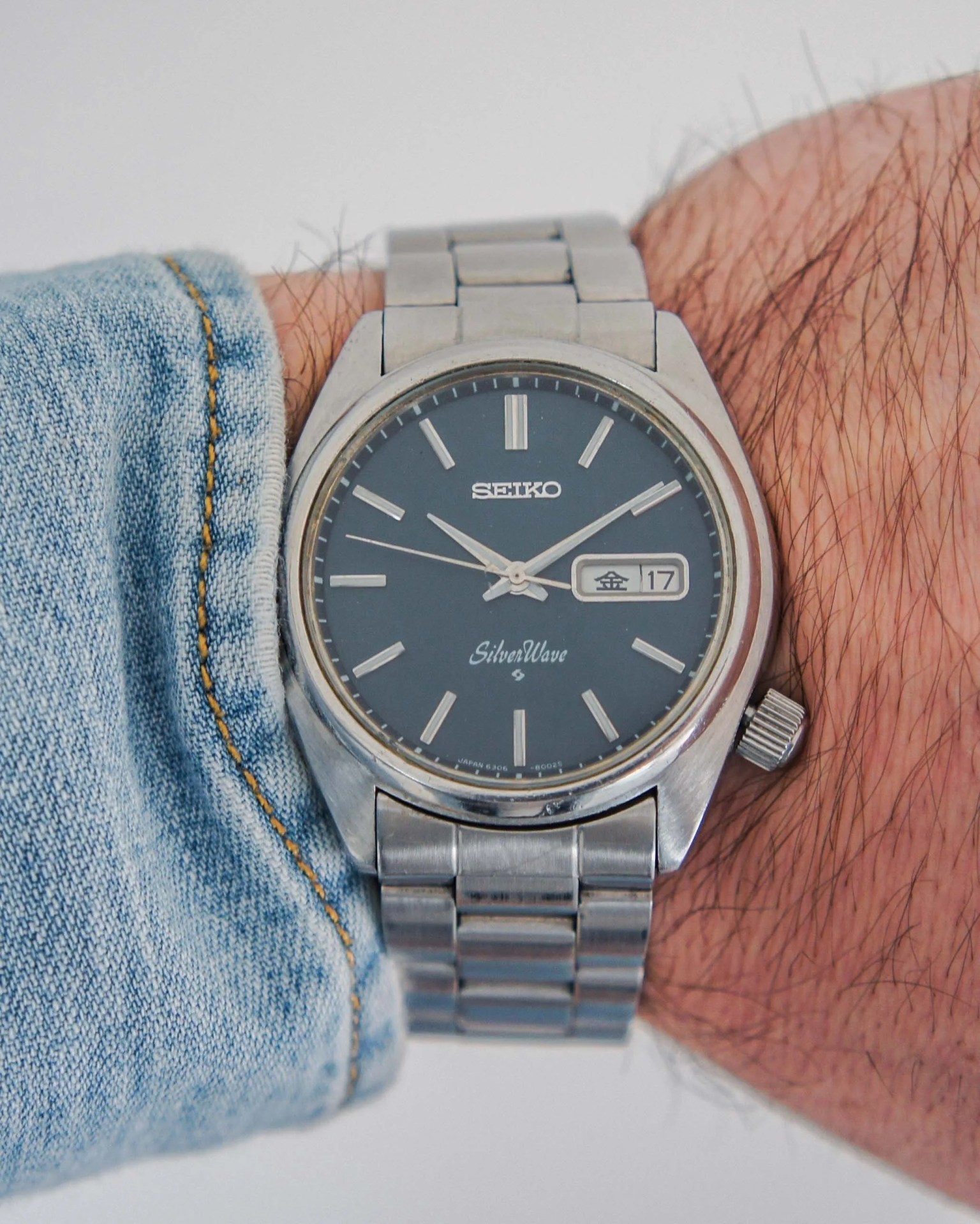
The watch in question is the 6306-800 Silverwave, which, at first glance, doesn’t resemble a dive watch at all. Narrow dagger hands and raised dash indices are typical of dress watches; in fact, they were stripped wholesale from the contemporaneous King Seiko High Beat.
Without a bezel or lume, the watch would be even less useful underwater than it appears at face value. But several water-resistant features that remain hidden at arm’s length make it ideal for everyday wear.
A dressed up diver
For starters, a screw-down crown and rubber gasket inside the screw-down case back mirror the 6306-7000/1 “Turtle,” and provide the same 150-meter dive rating.
